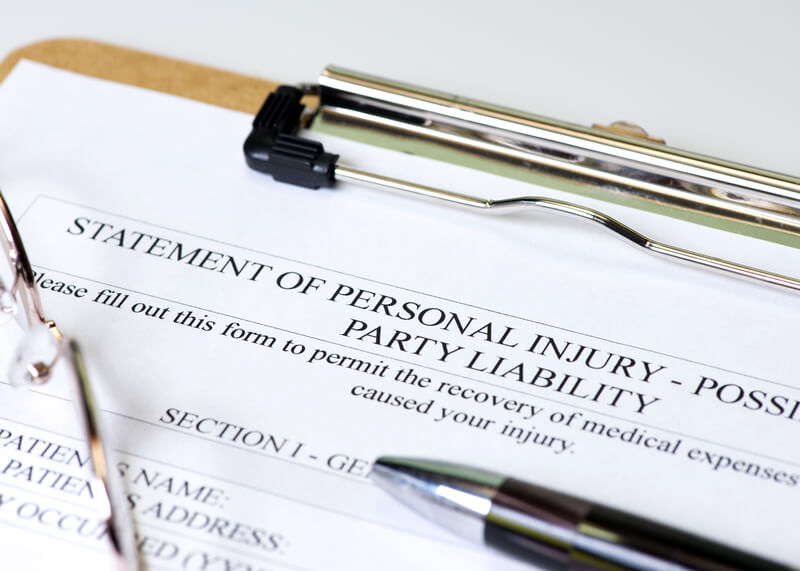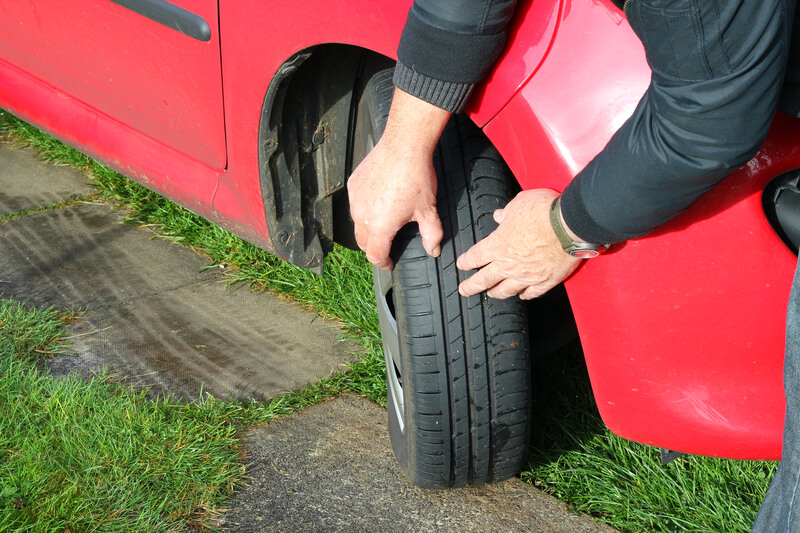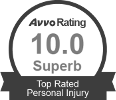Dogs can make the best travel buddies, joining us on family vacations and road trips. Even dogs that may sit out longer-haul journeys often enjoy quick jaunts around town—drives to the park or puppy play dates at a friend’s house.
But while the idea of a happy dog with its head out the window sounds cute, leaving dogs unrestrained inside of vehicles can easily lead to tragedy. That’s because dogs often prove to be major distractions, resettling, nudging closer to the front, even interfering with steering or braking.
In the event of a crash, a dog also becomes a potentially deadly projectile. In addition to facing serious injury or death from vehicle ejection, a dog can hurt the driver and passengers, delivering over 1,000 pounds of impact force, depending on the size of the dog and speed of the crash.
So what should you do if you’re involved in a crash with your pet, and what are some of the best ways to keep your pooch (and your passengers) safe on a drive?
What to do after an accident with a pet passenger
If you are involved in an accident while driving with your pet, first check yourself and determine if you’re injured. If you’re able, secure your pet as soon as possible; animals often run away after a crash. Move yourself and your pet to safety, being mindful of injuries you both may have.
Once you can, call 911. If you think it’s likely you’ll need immediate medical attention, next call a friend or family member who can take your pet to an emergency vet clinic. You may also need to do this if your pet needs emergency care but you’ll be stuck at the scene for some time. While you wait for help, do what you can to keep your animal calm. Even if your pet doesn’t need emergency care, it’s still a good idea to call your vet and bring your animal in for an exam.
How to drive safely with your pet
Pet restraint systems can help avoid or mitigate tragedies. According to the New York Times, owners typically have two categories of choice in what they buy for their pets: systems to keep dogs out the front seat and systems to actually protect pets in a crash.
If you pop into a pet store or scope out options online, choices abound, with harnesses, zip line restraints and baskets that raise smaller dogs up to window level.
Unfortunately, there’s little oversight for many types of safety systems. When purchasing, look for something that has been crash tested.
The Center for Pet Safety examines different products on the market, weeding out harnesses that come apart during crashes and crates that crumple under pressure. Heavy-duty travel harnesses that connect to the seat belt are solid options for many dogs. Travel crates and carriers are also easy choices for many pet owners.
Whatever you choose, don’t debut the new system on a long trip. Give your pet time to practice, taking progressively longer drives and offering treats at the end of the ride.
How pet expenses factor into your personal injury case
It can be hard to see your beloved pet suffer in a car crash, and the resulting veterinary care is often quite expensive. Because insurance companies typically view pets as property, you’ll likely be able to get some coverage for vet bills. If you’re injured as well, there also may be recovery options for your emotional distress.
At Litner + Deganian, we’ve handled cases like these, advocating for car crash victims who experienced the additional grief of seeing their pets in pain. Just as we want to ensure our clients receive the medical care they need, we want to make sure that their beloved pets have the veterinary care they need to get back to their happy, healthy lives.
Atlanta Personal Injury Lawyers
If you and your pet have been involved in a crash, you need a personal injury lawyer who understands the complexities of these cases. If you need help, contact the personal injury attorneys at Litner + Deganian for a free consultation.












